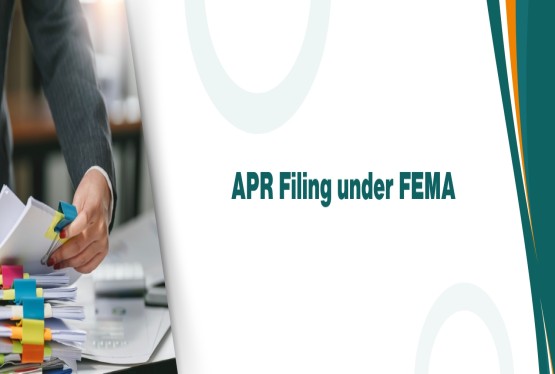A Section 8 Company, incorporated under Section 8 of the Companies Act, 2013, is a non-government organisation formed with the primary objective of promoting charitable activities in areas such as commerce, art, science, education, research, social welfare, religion, environmental protection, and other similar purposes. Unlike profit-driven corporate entities, Section 8 companies are prohibited from distributing profits as dividends to their members. Instead, any surplus generated must be reinvested towards advancing the organisation’s objectives.
The establishment of a Section 8 Company involves a formal process prescribed by the Ministry of Corporate Affairs (MCA), requiring the applicant to obtain a special licence for non-profit operations. This structure not only offers legal recognition and limited liability but also ensures credibility, tax benefits, and enhanced trust among donors, government bodies, and the public. Post incorporation, however, such companies must adhere to specific statutory compliances to maintain their legal standing and operational transparency. Understanding and fulfilling these obligations is essential for sustaining the philanthropic vision while operating within a structured, accountable, and sustainable framework.
Section 8 Company: Companies Act, 2013
Under the Companies Act, 2013, a Section 8 Company refers to an entity formed with the primary purpose of advancing charitable and socially beneficial objectives, such as the promotion of arts, commerce, science, research, education, sports, charity, social welfare, religion, environmental protection, or other activities of a similar nature. Any income or profit earned by such a company must be applied solely towards furthering its stated objectives, and no portion is distributed to its members as dividends.
Section 8 Company: Earlier Known as Section 25 Company
Before the enactment of the Companies Act, 2013, these entities were recognised under Section 25 of the Companies Act, 1956, with broadly similar provisions. However, the present legislation allows Section 8 companies to operate with a wider range of objectives while maintaining their non-profit character.
Features of Section 8 Companies
Section 8 companies enjoy certain unique characteristics that set them apart from other forms of corporate structures. The key features include:
Charitable Purpose
The primary objective of a Section 8 company is to promote charitable and socially beneficial causes rather than to earn profits. Their activities are driven by altruistic motives and often encompass areas such as science, culture, research, sports, education, religion, and environmental protection.
No Minimum Share Capital Requirement
Unlike many other corporate entities, a Section 8 company is not bound by any statutory requirement to maintain a minimum paid-up share capital, offering greater flexibility in its formation.
Limited Liability
The liability of members is restricted to the extent of their shareholding or guarantee. They are not personally liable for the company’s debts beyond this agreed limit.
Mandatory Government Licence
To commence operations, a Section 8 company must obtain a licence from the Central Government. This licence is subject to compliance with the prescribed conditions and can be revoked if the company fails to adhere to them.
Special Privileges and Exemptions
In recognition of their charitable nature, Section 8 companies are granted various privileges, exemptions, and relaxations under the Companies Act, thereby encouraging their formation and smooth functioning.
Post-Incorporation Compliances for a Section 8 Company
Compliance in the context of a Section 8 company goes far beyond fulfilling statutory obligations it serves as the backbone for building trust, transparency, and credibility. Adhering to post-incorporation compliance requirements not only safeguards the company’s legal standing but also reinforces its non-profit character, strengthens donor confidence, and facilitates smooth collaboration with government bodies and other stakeholders.
On the other hand, non-compliance can invite penalties, litigation, or even the cancellation of the Section 8 licence by the competent authority, potentially damaging the organisation’s reputation and effectiveness. Timely and accurate compliance is therefore both a legal necessity and a strategic imperative for ensuring the organisation’s sustainable growth and continued societal impact.
Below is a complete checklist of key post-incorporation compliances that every Section 8 company must observe:
Declaration for Commencement of Business
Where the company has share capital, it must file a Declaration of Commencement of Business in Form INC-20A with the Registrar of Companies (RoC) within 180 days from incorporation. The declaration should confirm that each subscriber to the memorandum has paid the value of shares agreed upon at the time of subscription.
Bank Account Opening
After incorporation of NGO under Section 8 of Company Law there should be a bank account in the company’s name must be opened to ensure transparent handling of funds.
Appointment of Statutory Auditor
In accordance with Section 139 of the Companies Act, 2013, the first statutory auditor must be appointed by the Board of Directors within 30 days of incorporation. Failure to comply attracts statutory penalties.
Filing of Annual Returns and Financial Statements
Each financial year, the company must file A Section 8 company is required to file its financial statements, including the Balance Sheet and Statement of Income and expenditure , in Form AOC-4, along with its annual return, which provides details of shareholders and directors, in Form MGT-7. These filings must be completed within a period of 30 to 60 days from the date of the Annual General Meeting (AGM) to ensure compliance with the statutory timelines prescribed under the Companies Act, 2013.
Maintenance of Statutory Registers and Records
The company is required to maintain statutory registers such as the Register of Members, Register of Directors & Key Managerial Personnel, Minutes Books for Board and General Meetings, and Books of Accounts as per Section 128. These must be kept at the registered office and updated regularly.
Filing of Income Tax Return
An annual income tax return must be filed in Form ITR-7, applicable to entities claiming exemptions under Sections 11 and 12 of the Income Tax Act, 1961.
DIR-3 KYC Compliance
All directors holding a Director Identification Number (DIN) must submit DIR-3 KYC annually to ensure that their particulars remain updated in MCA records.
CSR Reporting (Where Applicable)
If the company falls under the ambit of Section 135 of the Companies Act relating to Corporate Social Responsibility, it must comply with prescribed CSR expenditure and disclosure requirements.
Annual Financial Audit
At the end of every financial year, the company’s accounts must be audited by a qualified Chartered Accountant. The audit report, along with the financial statements, must be filed with the RoC.
Registration under Sections 12A and 80G
For availing income tax exemptions and enabling donors to claim deductions, the company should obtain under Section 12A and Section 80G of the Income Tax Act, in line with the updated guidelines effective from 2021.
Board Meetings and Annual General Meeting (AGM)
The company must hold at least two Board Meetings in a financial year, with a gap of no more than six months between them.
The first AGM should be conducted within nine months from the end of the first financial year. Subsequently, AGMs must be held annually, within six months of the close of the financial year, ensuring that no more than 15 months elapse between two AGMs.
Event-Based Filings
Certain corporate actions undertaken by a Section 8 company require timely and specific filings with the Registrar of Companies (RoC) to ensure statutory compliance. For instance, any change in the company’s directors must be reported through Form DIR-12, while a change in the registered office address is to be intimated using Form INC-22. Similarly, an increase in the authorised share capital necessitates the filing of Form SH-7, and any allotment of shares must be recorded with the RoC via Form PAS-3. These event-based compliances are essential to keep the company’s records with the RoC accurate and up to date. And if the Section 8 company have Shares then they have to Obtain ISIN From NSDL/CDSL To Convert Physical Shares to Demate.
Insights
Post-incorporation compliance is not merely a legal formality for a Section 8 company it is the foundation upon which its credibility, operational transparency, and long-term sustainability are built. By adhering to the statutory requirements under the Companies Act, 2013, and related tax laws, a Section 8 company safeguards its legal status, retains the privileges granted to non-profit entities, and strengthens the trust of donors, beneficiaries, and regulatory authorities. Timely and accurate compliance also ensures that the organisation can focus on its core mission of serving society without the risk of penalties, licence revocation, or reputational harm. In essence, compliance acts as both a shield and a stepping stone, enabling Section 8 companies to create a lasting, positive impact within a structured and accountable framework.
Frequently Asked Questions (FAQs)
Q1. What is the time limit to file the Declaration of Commencement of Business for a Section 8 Company?
Ans. A Section 8 company having share capital must file Form INC-20A with the Registrar of Companies within 180 days of incorporation, confirming that the subscribers have paid the agreed value of their shares.
Q2. Is it mandatory for a Section 8 Company to appoint a statutory auditor?
Ans. Yes. Under Section 139 of the Companies Act, 2013, the first statutory auditor must be appointed by the Board of Directors within 30 days of incorporation.
Q3. Are Section 8 Companies required to conduct Annual General Meetings (AGMs)?
Ans. Yes. The first AGM must be held within nine months of the end of the first financial year. Thereafter, AGMs must be conducted annually within six months of the financial year-end, ensuring that the gap between two AGMs does not exceed 15 months.
Q4. What forms are used for filing annual returns and financial statements?
Ans. The annual financial statements, including the Balance Sheet and Statement of Profit & Loss, are filed in Form AOC-4. The annual return, detailing shareholders and directors, is filed in Form MGT-7.
Q5. Do Section 8 Companies need to pay income tax?
Ans. Section 8 companies can claim exemptions under Sections 11 and 12 of the Income Tax Act, 1961, if they are registered under Section 12A. However, they must still file their annual return in Form ITR-7.
Q6. What is DIR-3 KYC, and who needs to file it?
Ans. DIR-3 KYC is an annual compliance requirement for all directors holding a Director Identification Number (DIN). It ensures that the director’s details are accurate and up to date in MCA records.
Q7. Are there any special privileges granted to Section 8 Companies?
Ans. Yes. Section 8 companies enjoy certain exemptions and benefits under the Companies Act, including no minimum capital requirement, eligibility for tax benefits, and reduced compliance in some areas due to their charitable nature.
Q8. What are event-based compliances for a Section 8 Company?
Ans. Event-based compliances include filings required when specific changes occur, such as change in directors (Form DIR-12), change of registered office (Form INC-22), increase in authorised share capital (Form SH-7), or allotment of shares (Form PAS-3).











































































_crop10_thumb.jpg)


































































_crop10_thumb.jpg)
_crop10_thumb.jpg)



_crop10_thumb.jpg)


_crop10_thumb.jpg)





_crop10_thumb.jpg)

_crop10_thumb.jpg)














-suratgujarat-section-158_crop10_thumb.jpg)
-suratgujarat_crop10_thumb.jpg)
-(33)_crop10_thumb.jpg)



-ahmedabad_crop10_thumb.jpg)
-learn_crop10_thumb.jpg)

-learnn_crop10_thumb.jpg)



























































_crop10_thumb.jpg)















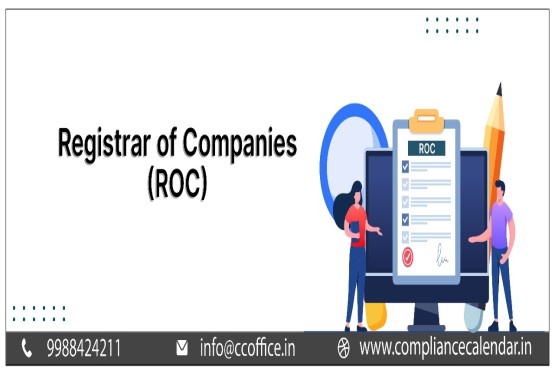







_Guidelines_learn_crop10_thumb.jpg)























_learn_crop10_thumb.jpg)
_crop10_thumb.jpeg)










_crop10_thumb.jpg)




_Second_Amendment_Rules,_2025_learn_crop10_thumb.jpg)







_learn_crop10_thumb.jpg)






















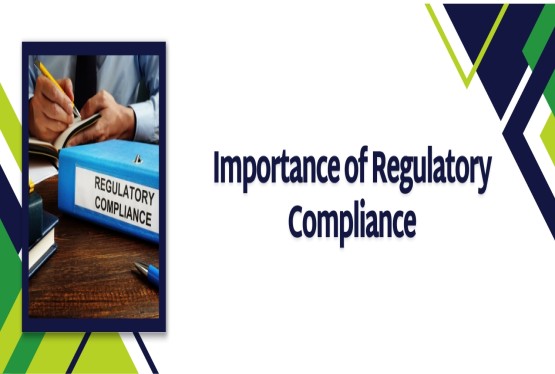







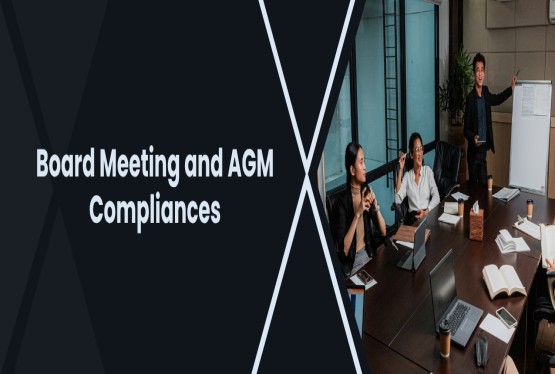
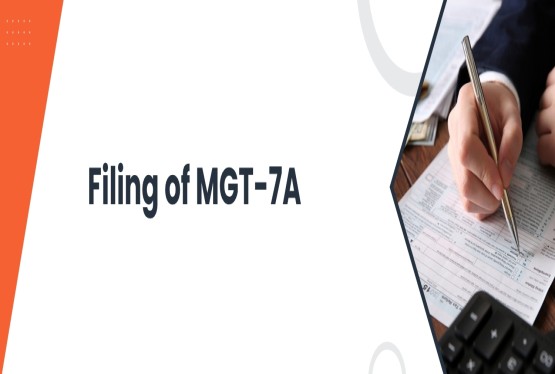
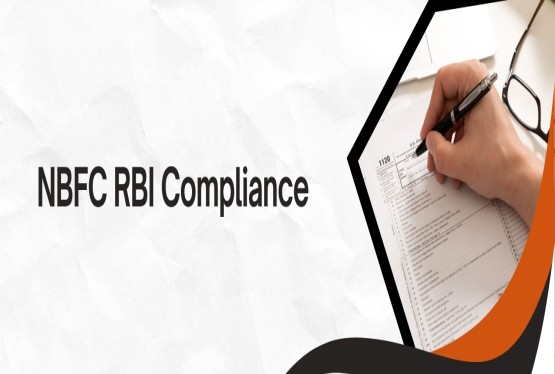
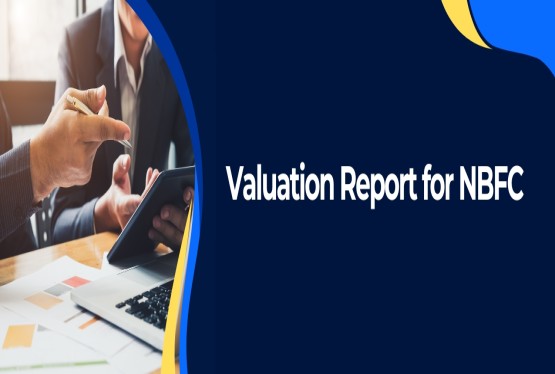





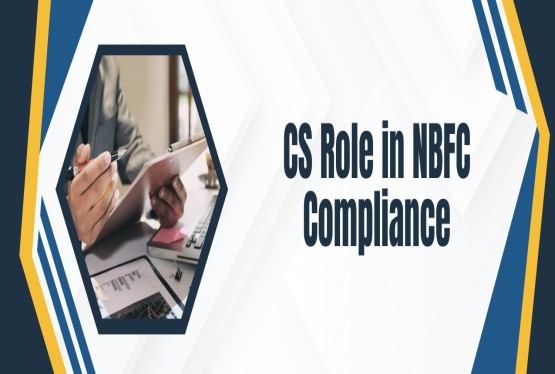


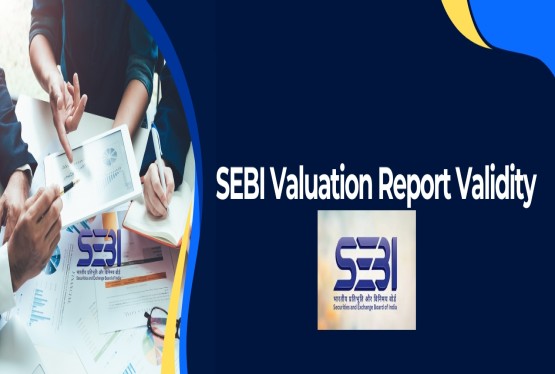

_learn_crop10_thumb.jpeg)

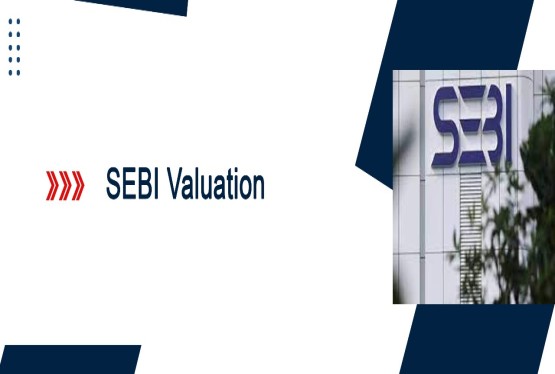






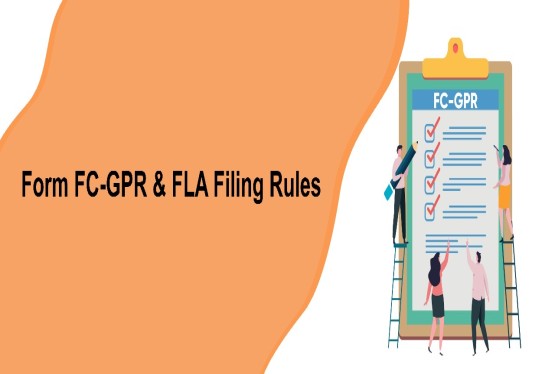
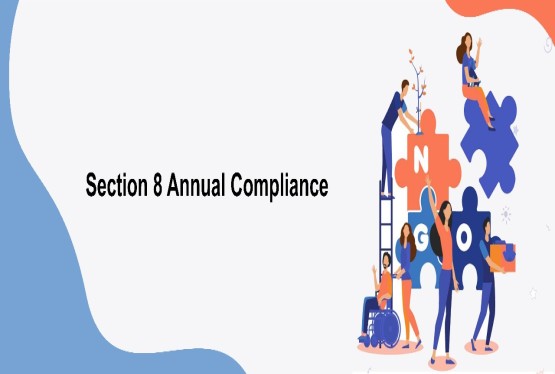
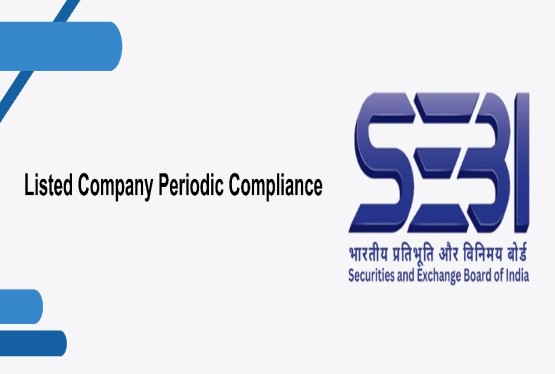




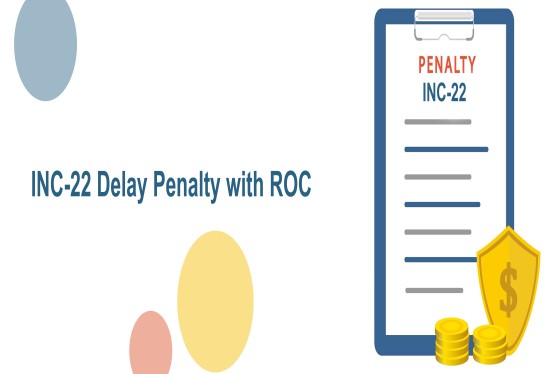


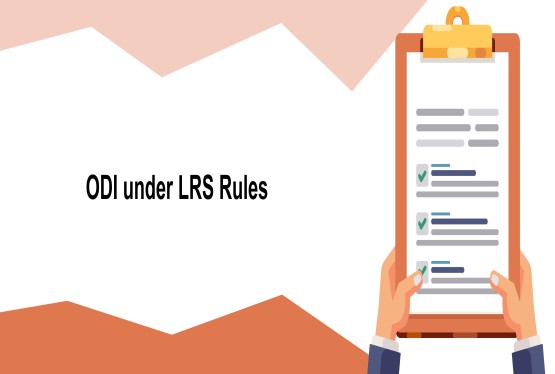
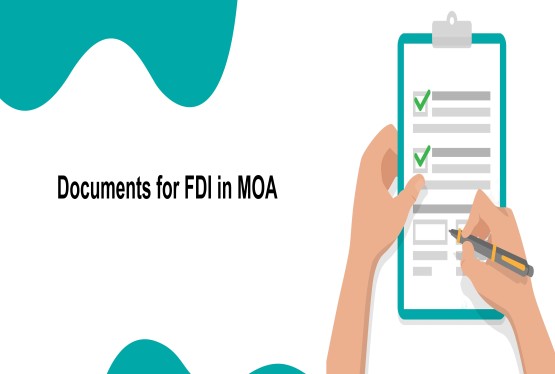


_learn_crop10_thumb.jpg)


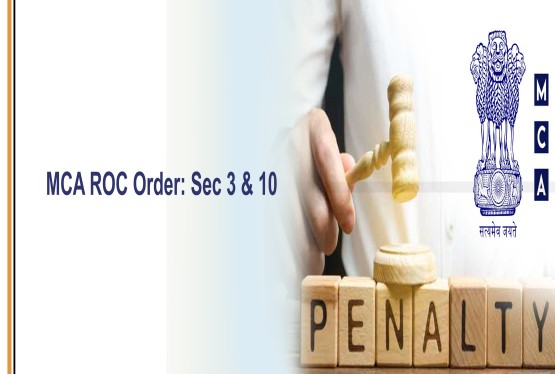
_rd_roc_learn_crop10_thumb.jpg)
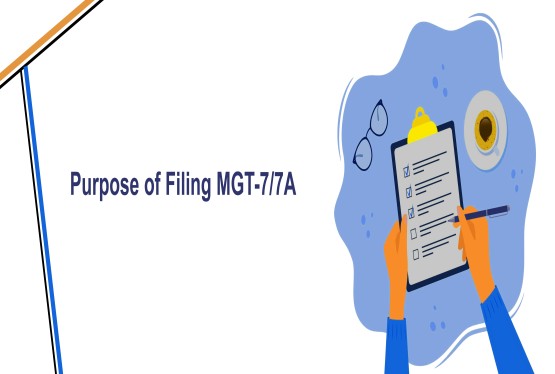



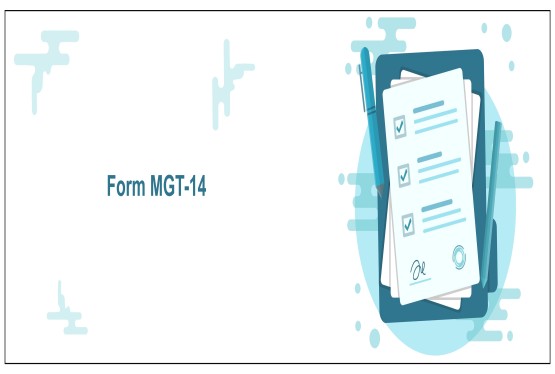
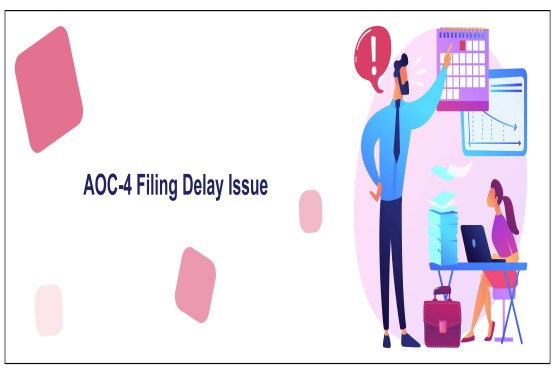
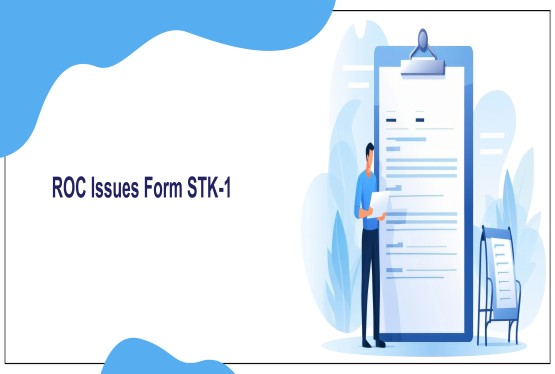


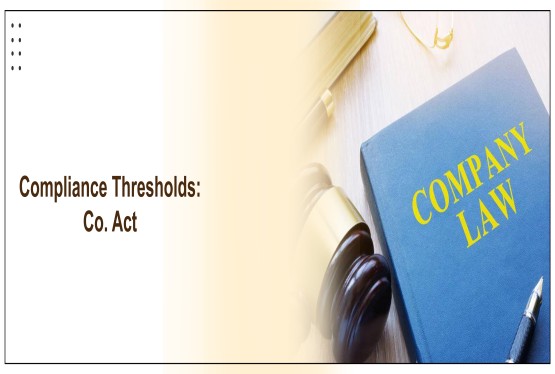





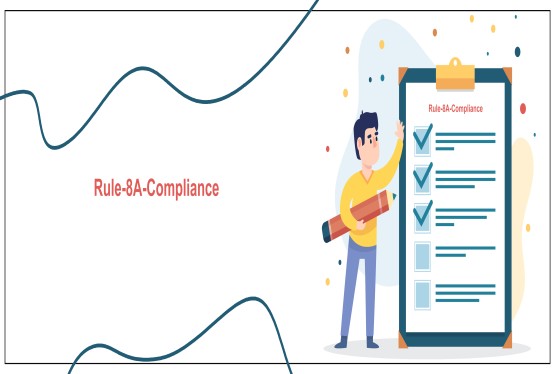
_learn_crop10_thumb.jpg)


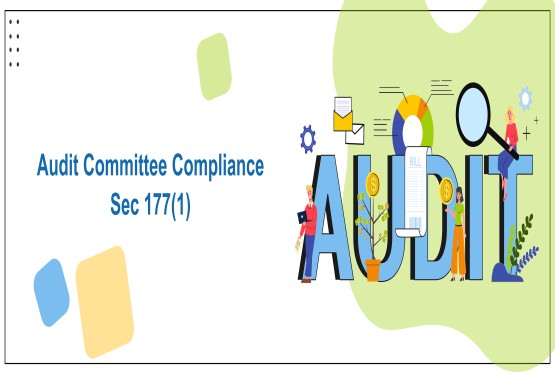



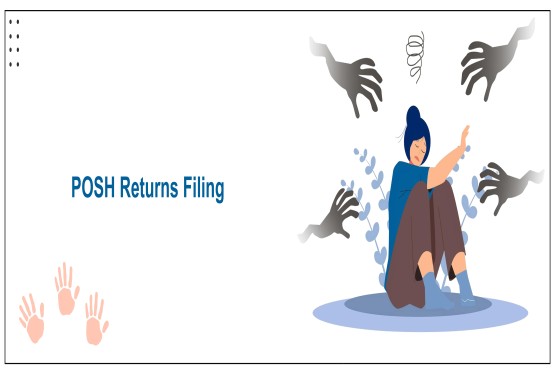
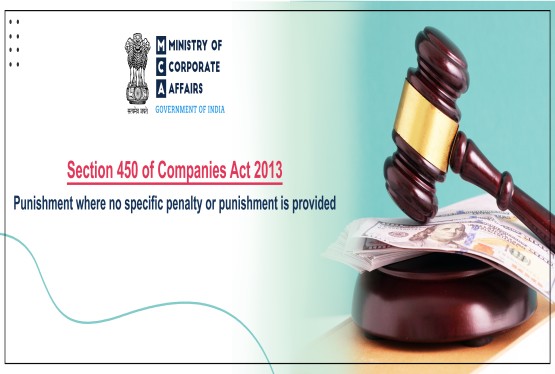

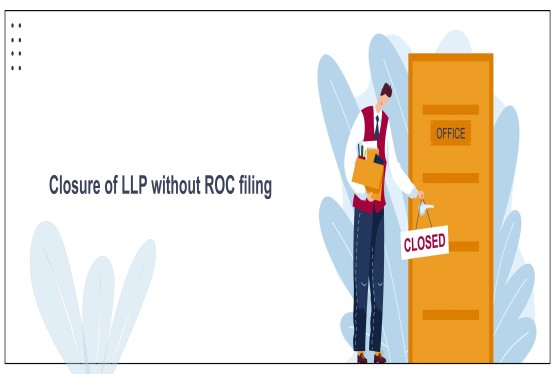


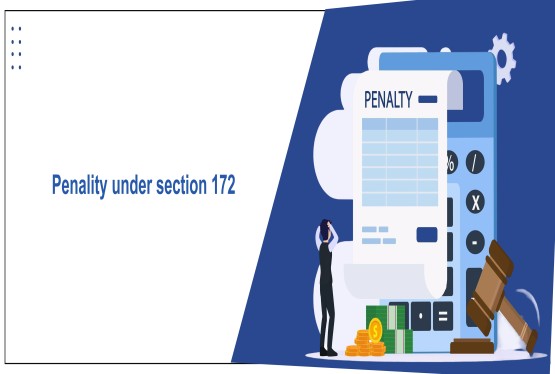

_learn_crop10_thumb.jpg)
_Learn_crop10_thumb.jpg)

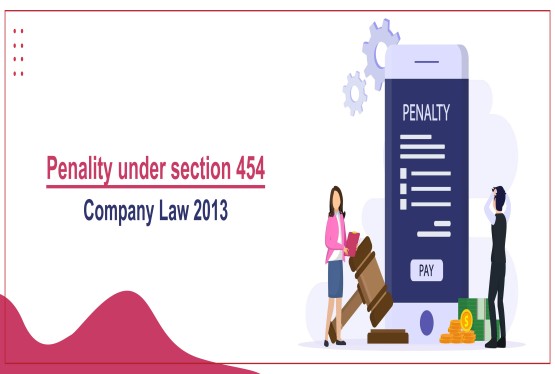
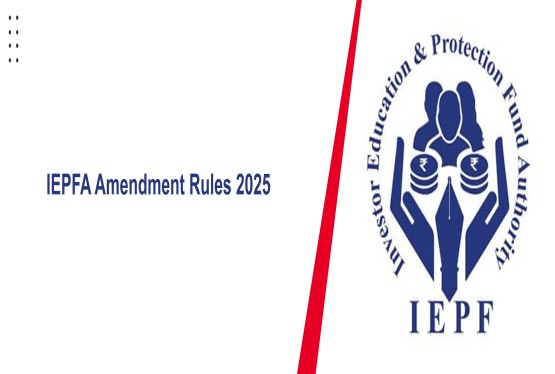
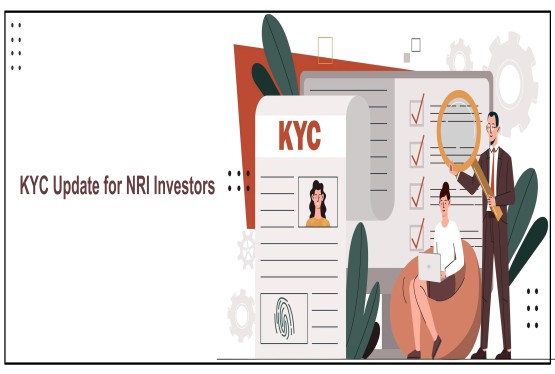



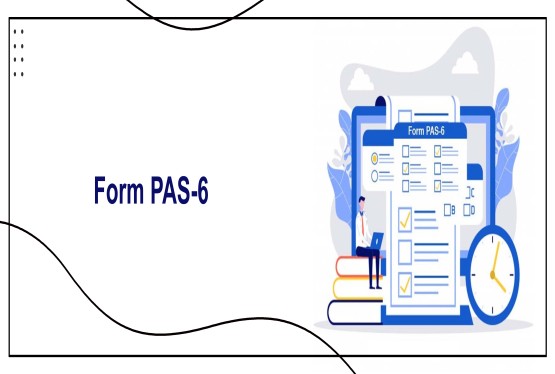


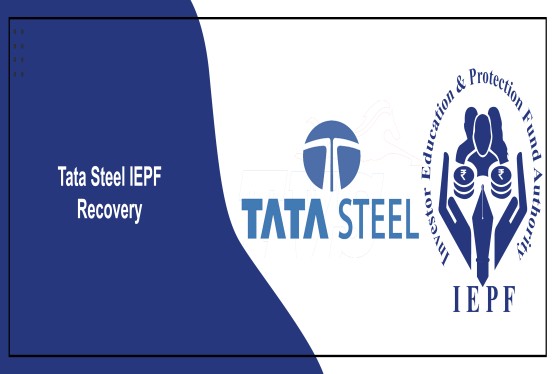
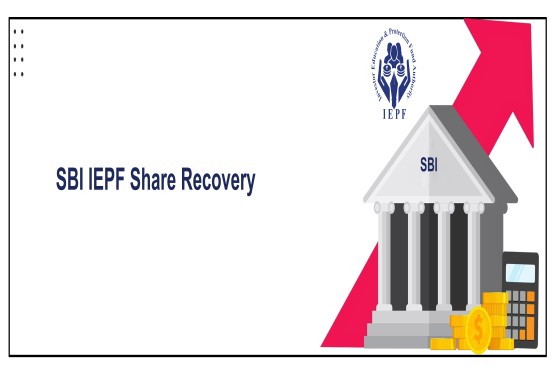



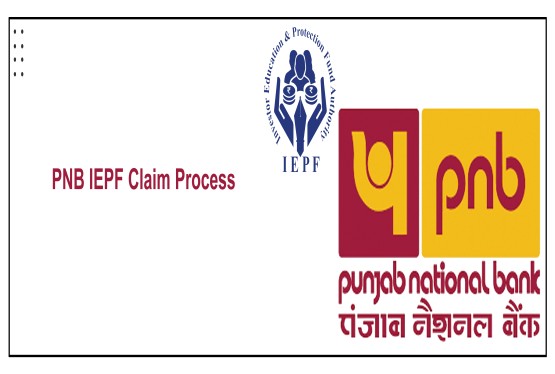





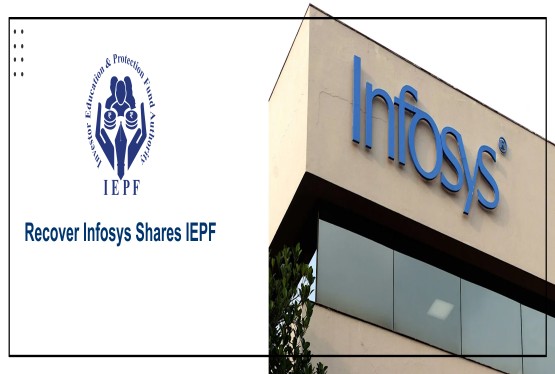




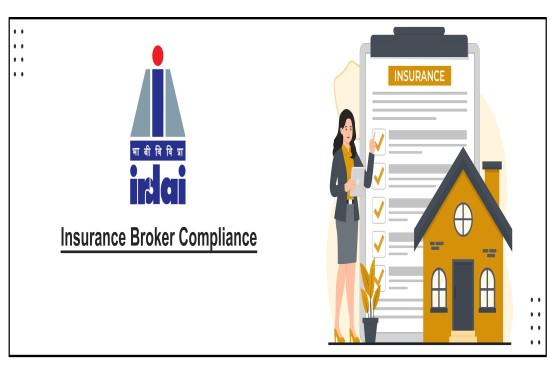
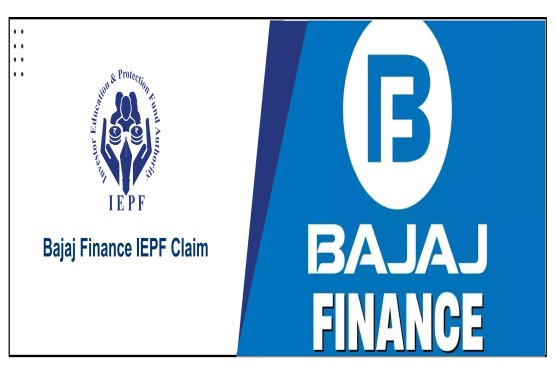
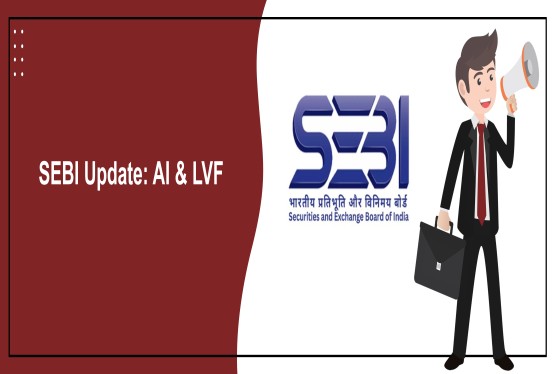




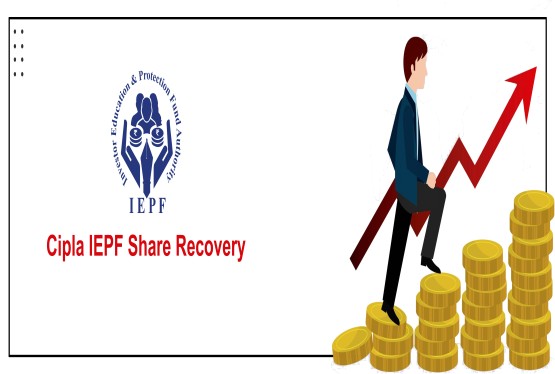

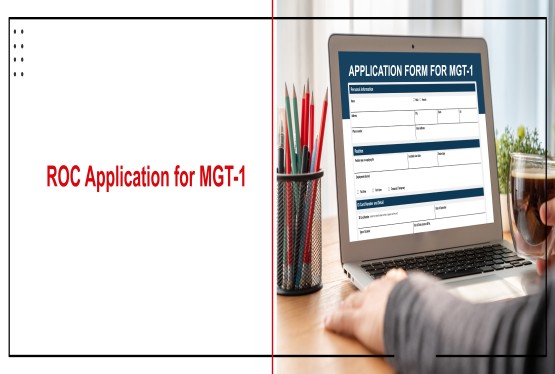



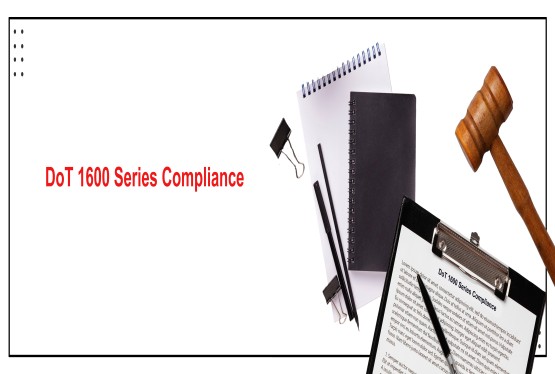



_learn_crop10_thumb.jpg)

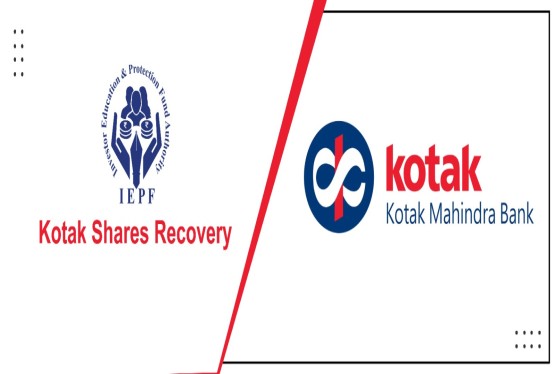
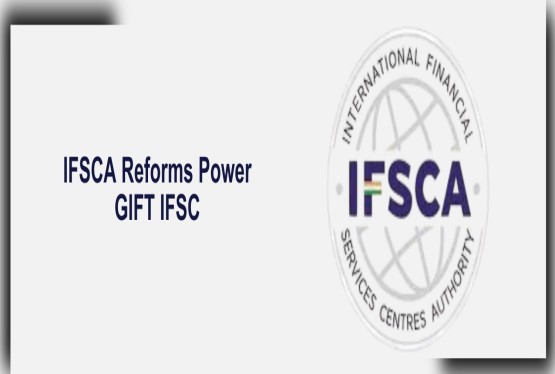

_learn_crop10_thumb.jpg)
